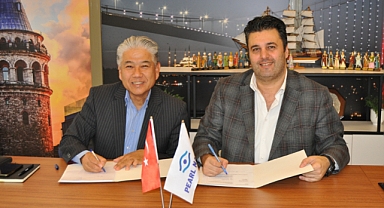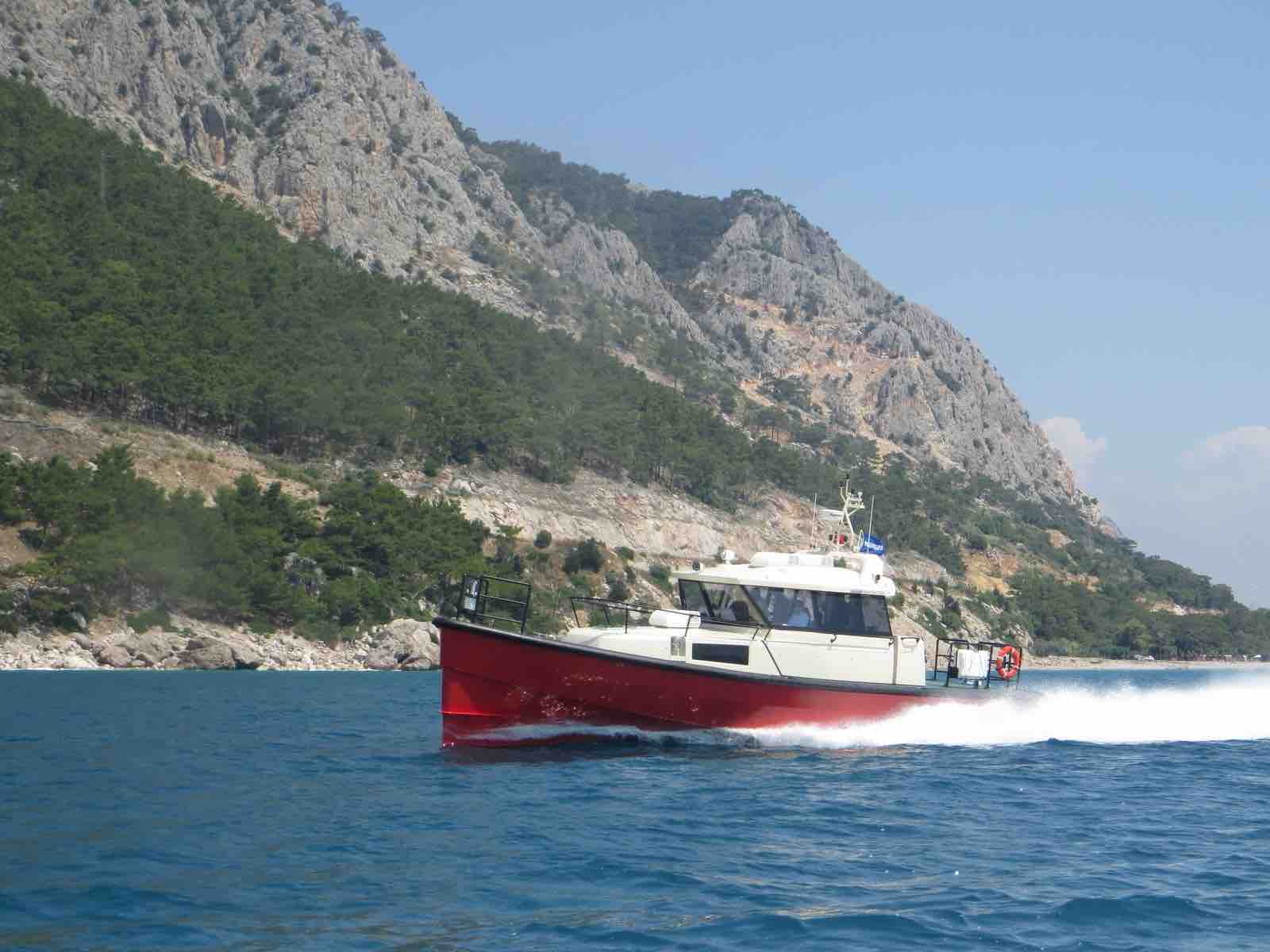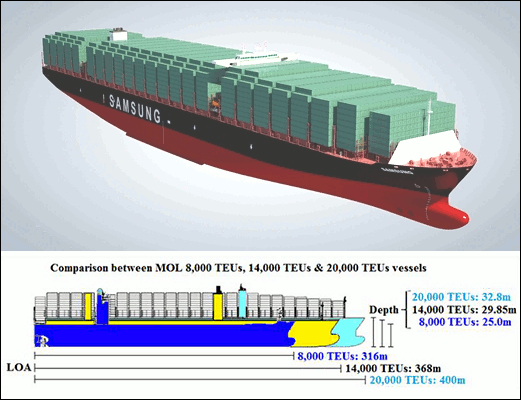A SEQUENTIAL uptick in container trade and renewed transshipment growth expectations from the large-scale crisis plaguing Sri Lanka's Colombo Port is encouraging india to think again about alternative hub port options in the region.
A near US$1 billion investment strategy for the development of sophisticated container transshipment infrastructure at Tuticorin Port (VOCPA) illustrates this, especially after previously unsuccessful attempts.
Tuticorin is one of India's 12 'major' ports and the second-busiest east coast container handler after nearby Chennai, reports London's Loadstar.
In a fresh tender process, the port has relaunched its search for a private investor to develop and operate a deep-water container transshipment facility in the harbour.
The port authority noted in its announcement: 'To handle the present container vessel trend of 22,000 TEU and to convert VOC Port as a transshipment hub, it is proposed to develop the outer harbour to handle 22,000 TEU vessels.'
Two terminals with a 1,000-metre quay each have been proposed under the public-private-partnership (PPP) model, with a combined capacity of 4 million TEU annually after completion. VOCPA estimates the project, to be developed in two stages, would cost approximately INR7,200 crore (US$928 million).
To illustrate the trade expansion, the port reports container volumes grew from 692,000 TEU in fiscal year 2017-18 to 781,000 TEU last year.
'The project majorly includes construction of breakwater, backup yard and berth/jetty, mechanisation in the berth and stack yard, railway line laying, navigational aids, capital dredging in the outer harbour basin and approach channel and construction of rubble-bund for reclamation of dredged materials,' VOCPA said.
Apart from the site's strategic proximity to the busy east-west international shipping route, which typically helps facilitate shorter transits and greater economies of scale for mainliners, what could sweeten the deal for potential investors is that the concessionaire will have the freedom to operate with market-driven pricing, instead of regulated tariffs earlier applied to PPP projects in the Indian port sector.
That change comes from the revised tariff guidelines approved as part of a new national port governing law last year.
In addition, the authorities believe improved countrywide coastal connectivity - a result of liberalised cabotage rules that allow liners to freely transport containers between Indian ports - would add to the potential for gateway cargo availability.
SeaNews Turkey
A near US$1 billion investment strategy for the development of sophisticated container transshipment infrastructure at Tuticorin Port (VOCPA) illustrates this, especially after previously unsuccessful attempts.
Tuticorin is one of India's 12 'major' ports and the second-busiest east coast container handler after nearby Chennai, reports London's Loadstar.
In a fresh tender process, the port has relaunched its search for a private investor to develop and operate a deep-water container transshipment facility in the harbour.
The port authority noted in its announcement: 'To handle the present container vessel trend of 22,000 TEU and to convert VOC Port as a transshipment hub, it is proposed to develop the outer harbour to handle 22,000 TEU vessels.'
Two terminals with a 1,000-metre quay each have been proposed under the public-private-partnership (PPP) model, with a combined capacity of 4 million TEU annually after completion. VOCPA estimates the project, to be developed in two stages, would cost approximately INR7,200 crore (US$928 million).
To illustrate the trade expansion, the port reports container volumes grew from 692,000 TEU in fiscal year 2017-18 to 781,000 TEU last year.
'The project majorly includes construction of breakwater, backup yard and berth/jetty, mechanisation in the berth and stack yard, railway line laying, navigational aids, capital dredging in the outer harbour basin and approach channel and construction of rubble-bund for reclamation of dredged materials,' VOCPA said.
Apart from the site's strategic proximity to the busy east-west international shipping route, which typically helps facilitate shorter transits and greater economies of scale for mainliners, what could sweeten the deal for potential investors is that the concessionaire will have the freedom to operate with market-driven pricing, instead of regulated tariffs earlier applied to PPP projects in the Indian port sector.
That change comes from the revised tariff guidelines approved as part of a new national port governing law last year.
In addition, the authorities believe improved countrywide coastal connectivity - a result of liberalised cabotage rules that allow liners to freely transport containers between Indian ports - would add to the potential for gateway cargo availability.
SeaNews Turkey









